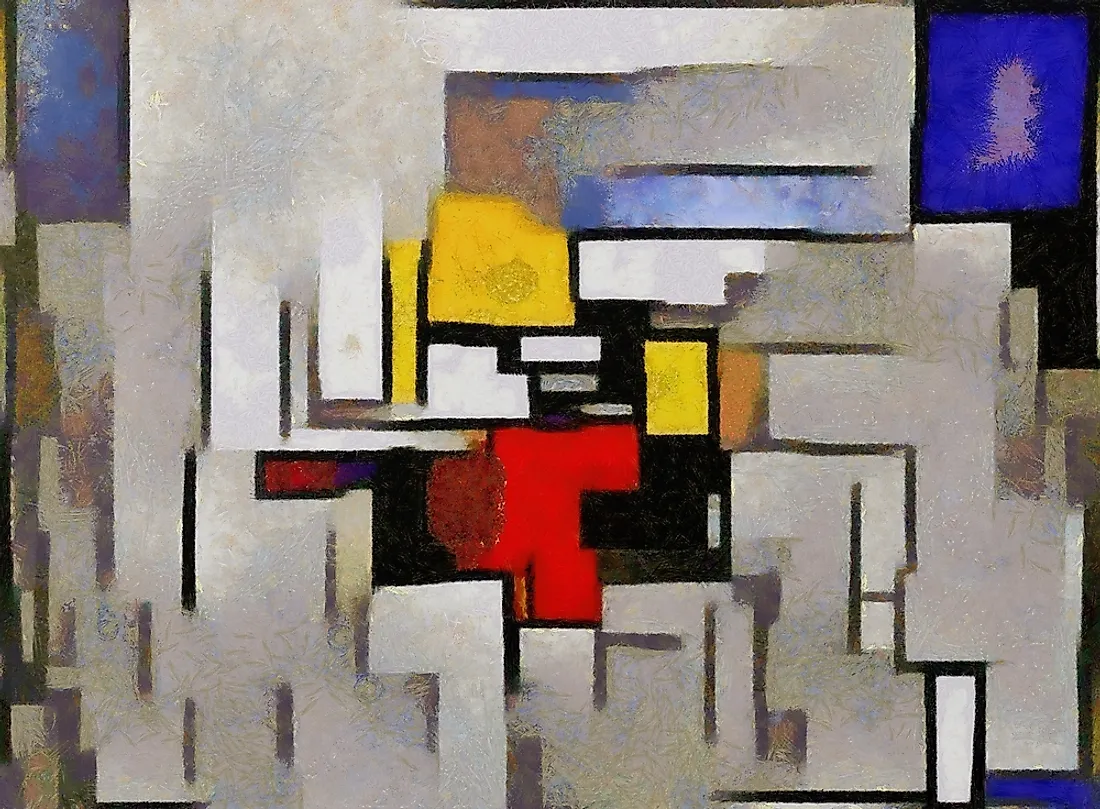What is Cubism?

Cubism was an important art style pioneered by Pablo Picasso and Georges Braque in the early 20th century. Cubism is avant-garde in nature, meaning it was experimental and radical. Louis Vauxcelles coined the term “cubism” in 1908 after observing the landscapes painted by Braque and remarking how the geometric forms were “cubes.” Cubist painters rejected the old practice of art copying nature and tested techniques of perspective and modeling. These artists believed in two-dimensional canvas. They fractured objects into geometric forms using multiple vantage points to represent the subject. Cubists’ works revolutionized European painting and sculpture, inspiring movements in music, literature, and architecture.
Background Of Cubism Architecture
Cubism architecture borrowed heavily from cubist art regarding geometric forms and shapes. At first, this manifested itself in the design of radical experimental buildings. The most common characteristics shared were transparency, spatial ambiguity, form-faceting, and multiplicity. Cubism Architecture brings out conceptions like abstraction, geometrization, symbolism, distortion, fragmentation, and illusion. The buildings are characterized by sharp, clear lines to enable perspective viewing. The windows have a cubic or rectangular form and do not necessarily line up with each other, creating a revolutionary appearance. The use of reinforced concrete structures also gave cubism an edge in the building industry.
Debate On Cubism Architecture
Cubism Architecture was not received well in its early days. People believed that it was a bizarre betrayal of modern architecture. Many cubist builings were made of bricks which were difficult to cut into geometric shapes making their construction costly and demanding. Concrete soon became a more ideal mode of construction as cubists could pour it into any flexible geometric form. The goal of cubist architects was to embrace ornaments, making the shape so dynamic that it could perform an ornamental function. People also made a mockery of the tendency of cubist architects to over-emphasis the beauty of exteriors and ignoring interior design completely. Finding furniture that could blend in well with the uniqeu interior of these houses was a difficult challenge. Cubist architects believed the style was meant to produce a complex work of art and challenged interior designers to be creative. Eventually, cubist furniture, lights, coffee sets, paintings, and other cubist decorations were available to answer the critical design question.
Acceptance Of Cubism
Cubism in architecture became revolutionary because it had no historical comparison. Like any other idea, cubism faced opposition from players who wanted a steady and structured change. Cubist architects stood for their principles and created a design masterpiece that was eventually embraced over time. With the growth of architectural technology, cubist buildings have become easy and affordable in the modern world.











